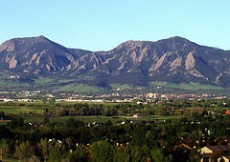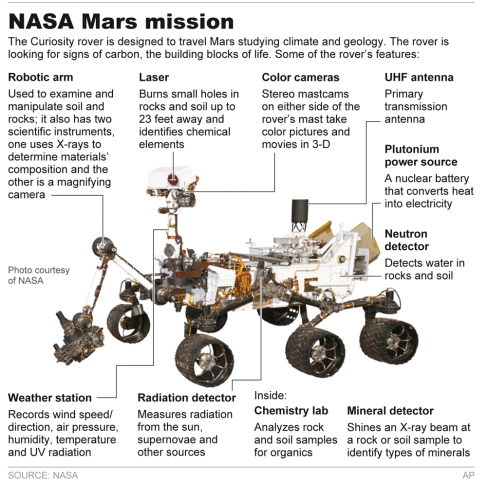According to an article on cnn.com written by Hans Binx, yes, invading Iraq was a big mistake. Binx was the head of the U.N. Weapons Inspections in Iraq (UNMOVIC) in the years leading up to the invasion of the country in 2003. Today marks the ten-year anniversary of the day that we engaged in war with Iraq.

Binx explains in his opion piece for CNN the reasons he thinks the war was not only a big mistake, but also against policies and regulations. Binx says this declaration of war violated not only U.N. rules but also United States laws and British laws as well.

Binx first points out that the war was aimed at destroying weapons of mass destruction but there are no weapons. There have been no weapons of mass destruction found in Iraq. Binx blames the war on the government being under pressure after the terror attacks on 9/11. He says the government was being pressured by the people to and the world to make someone pay for the super power of the world being made to look vulnerable and weak.

The war was also supposed to get rid of Al Queda presence in Iraq and yet according to Binx, the war was commonly refered to by our fearless leader George W. Bush as the “war on terror.” But according to Binx, the terrorist group was not even present in the country until after the invasion.
Other excuses we heard for invading Iraq included trying to set up a democratic government in the country, which still has not been done after ten years. Which turned out to be disastrous turning a tyranny to anarchy and ultimately forced the United States to violate laws of war.
Ten years later, countless lives lost, billions of wasted dollars, and still no real results, many are starting to question the Iraq war. The only good thing that can be attributed to this war is the death of Sadam Hussein.
Whether or not it was a good thing to get involved in at this point is no longer the problem. I think the bigger problem here is figuring out where to go from here. We are clearly not making any headway in Iraq with this war, the civilians are increasingly hostile towards us, people keep dying, and nothing is being resolved. After ten years one would think its time to call it quits and bring our troops home and away from the endless violence. But how do we leave? With no clear purpose or war declaration there is no “winner.” We cannot strike up a treaty with the Iraqi government to end things but any reasonably sane person could see that clearly just backing out of Iraq and washing our hands of the situation wouldn’t fix things either.
The biggest thing I think the United States government needs to take away from this war is that we are not the parental unit to the entire planet. And that we cannot solve every problem with violence, intimidation, and strong-arming our enemies.
Source: http://www.cnn.com/2013/03/18/opinion/iraq-war-hans-blix/index.html?hpt=op_bn4
Christen Bertolotti















